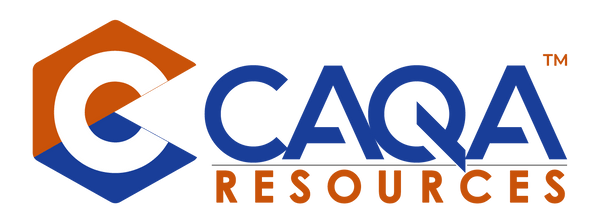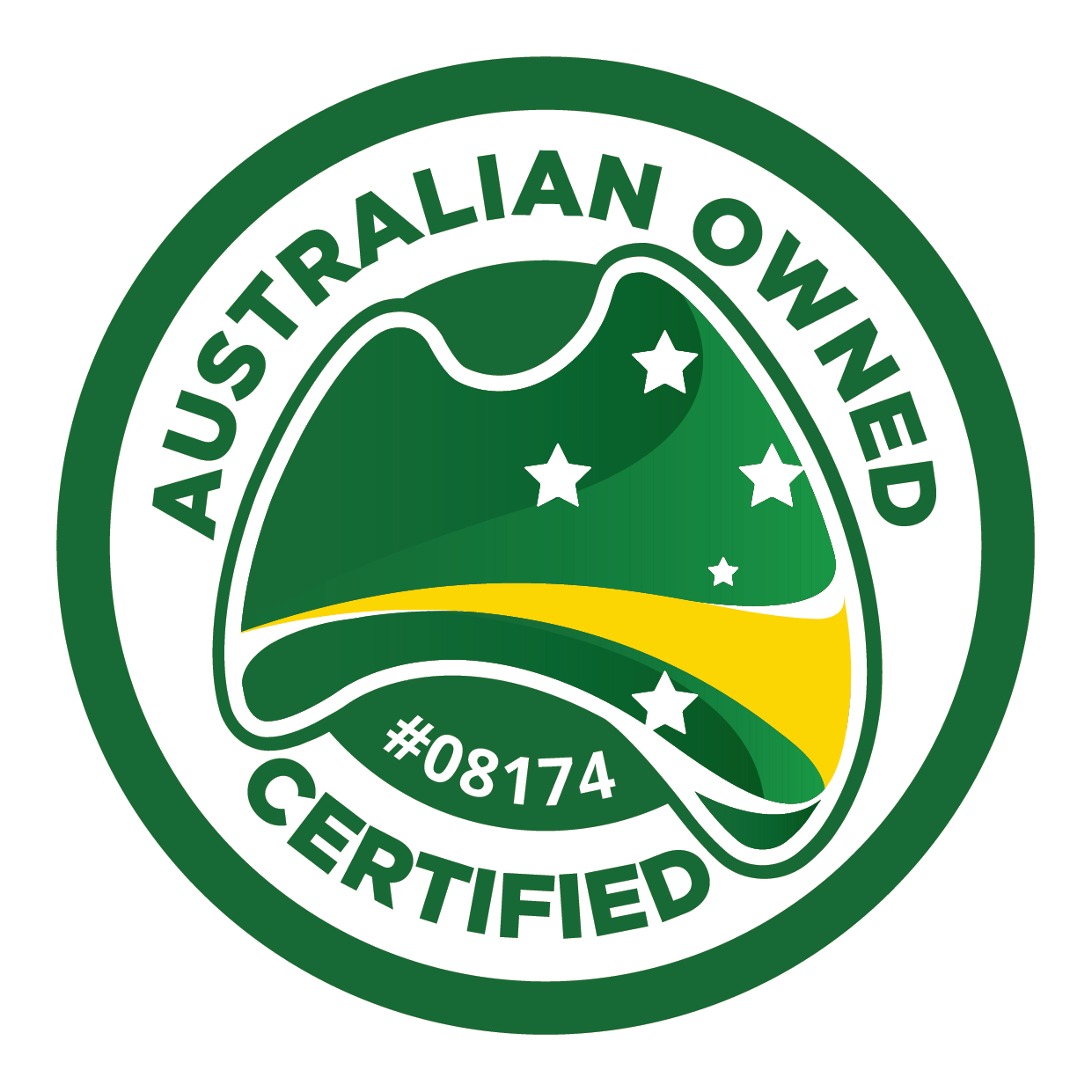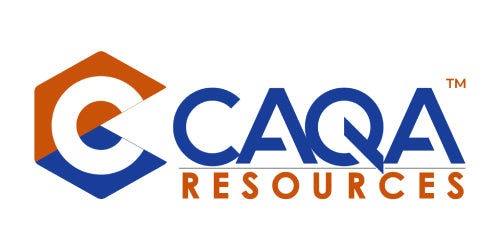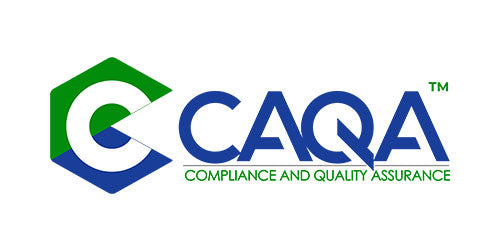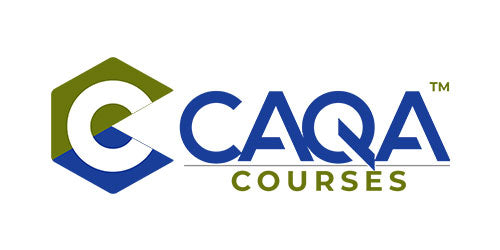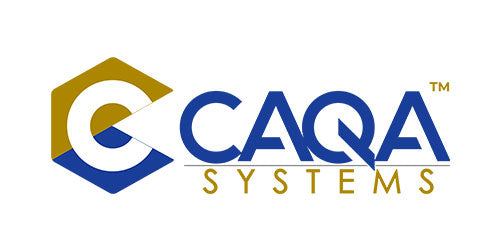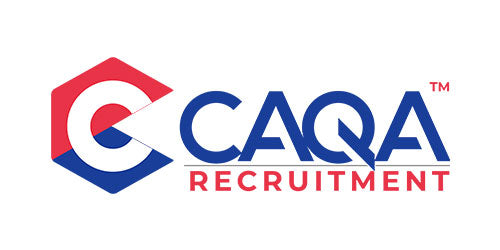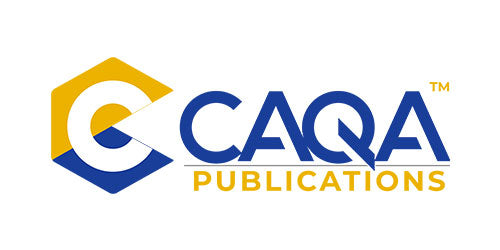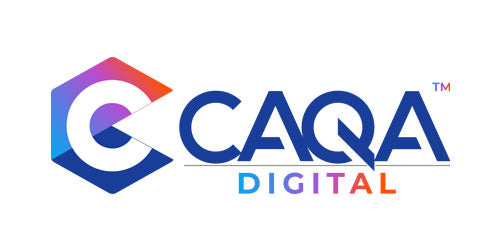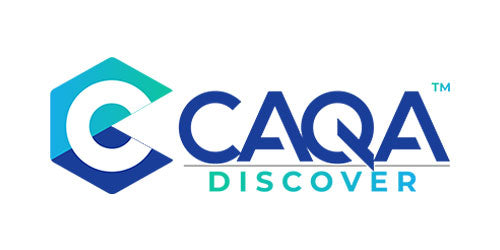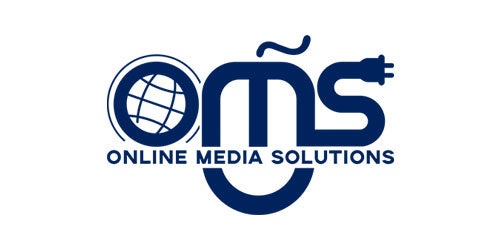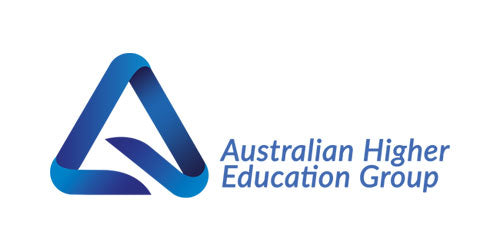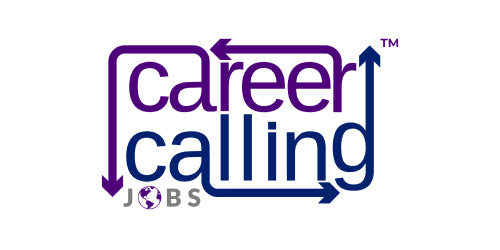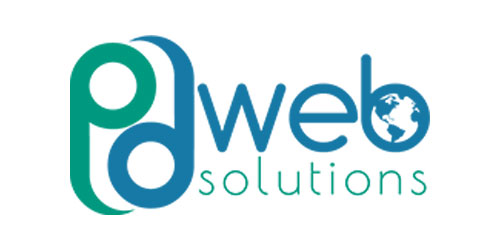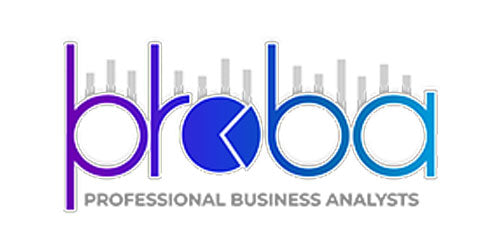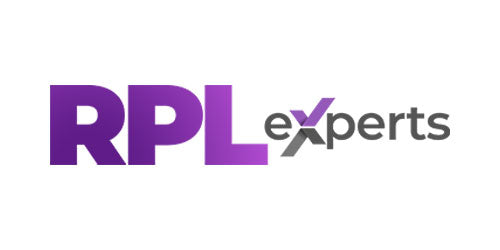Strategies to complete the Financial Viability Risk Assessment tool
When you apply to become an RTO or your financial condition is a source of concern, or when you are in the process of a post-initial audit scenario, ASQA may require you to submit the Financial Viability Risk Assessment tool to demonstrate your financial viability. The fact that this obligation only applies in specific circumstances has already been discussed.
The Financial Viability Risk Assessment tool helps organisations to assess the risks associated with their current financial situation. It is also a tool that is used to evaluate the viability of a business in the present and in the future. The purpose of this tool is to help managers understand whether a training organisation can continue operating in an environment that will return enough revenue.
The financial viability risk assessment pack should be completed by an accountant who is registered with ASIC for your training organisation.
The financial viability of your organisation, including your financial history and projections, must be provided in order for you to be able to demonstrate compliance with these requirements.
This article discusses some of the strategies to ensure that you complete the financial viability risk assessment in a competent manner.
Find a qualified and experienced RTO accountant
Accounting professionals with prior experience performing financial viability risk assessments and those who do not have such prior experience and knowledge have a significant gap in their knowledge and skills. Always choose accountants who have a lot of experience in order to have these tasks professionally and competently completed.
Consider all the information you will need
One of the most important steps is to establish what information, data, records are required from you in order for an accountant to complete your financial viability risk assessment and what information is not required. So take some time to understand what information an accountant will require from you in order to complete the financial viability risk assessment and how you should supply this information e.g format, medium, process and so on.
Important information includes the following:
- Name and code of each course
- Duration of the course
- Frequency of intakes
- Expected student numbers
- Course fee details
- And other direct and indirect costs to run the courses
Make sure your accountant has prepared the profit and loss statements, balance sheet, cash flow for the two years projections and the student numbers and course information for the submission to the regulatory body.
Plan everything logically, systematically and comprehensively
Whatever you do, be sure it is thought out logically, systematically, and thoroughly. For example, how many trainers and assessors will you require in relation to your student numbers, how many admin support people will you expect according to your student numbers, how many intakes you can run in a logical manner, what should be your fees, how do these fees and charges compare to your competitors, and so on, all of these things must be carefully considered and planned out in advance.
All information should align with your business plans, timetable and capacity calculations
All information, including student numbers, frequency of sessions, trainers and assessors, fees, and any other information you have included, must be consistent with all documents, including but not limited to your business plans, timetables, and capacity calculations.
Ensuring the organisation has resources to cover short term cash flow gaps
Organisations should consider the implications of cash-flow shortages in advance to avoid risks. The first step is to take a look at the company’s cash flow. This includes looking at the company’s assets, liabilities, and short-term assets. The next step is to examine the organisation’s ability to generate revenue. For example, are there any projects that are likely to generate revenue sooner than expected? Organisations should be aware that if they have too much debt then their business will be more vulnerable to shocks in cash flow that could happen in the short term. The organisation should ensure that it has enough liquidity to cover short term cash flow gaps.
Identifying potential risks such as unfavourable economic conditions or changes in consumer preferences
The major risks that need to be identified are economic conditions and changes in consumer preferences. These two factors are the most important because they affect the company’s performance, profitability and sustainability.
Economic conditions refer to the macroeconomic environment that affects the company’s financial performance. This includes inflation, unemployment rates, interest rates, exchange rates, etc. If these conditions are unfavourable to the company then this will have a negative impact on their financial performance. Changes in consumer preferences refer to changes in what consumers buy or want to buy which can have a great effect on sales revenue for example if there is a change in technology that could replace the current product being sold then sales could be adversely affected. In order to avoid the risks, a company needs to identify them in detail and decide whether it is worth it to take them on.
Successful RTO launches and expansions of existing training products are usually the results of taking into account potential risks, including changes in consumer preferences or economic conditions.









